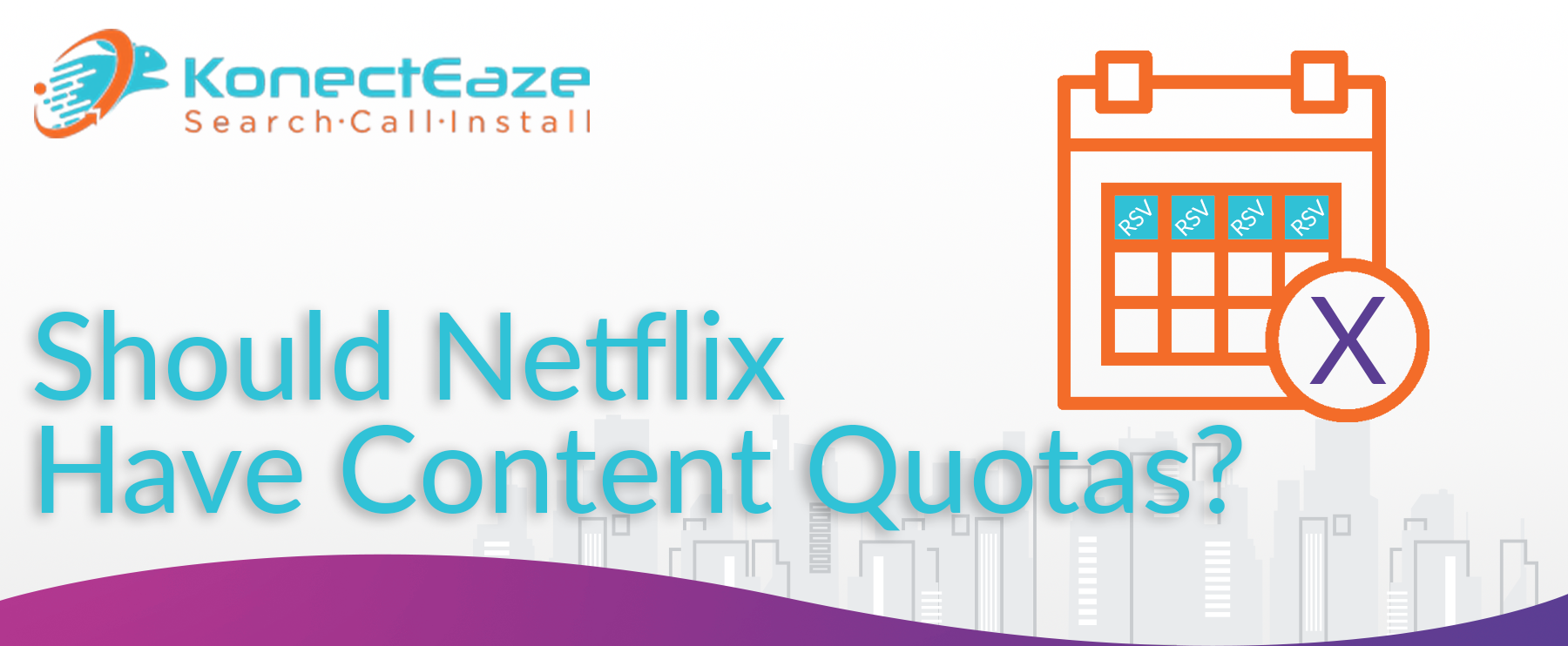A Breakdown of Top Satellite Internet Providers: Features, Plans, and Prices
Explore top satellite internet providers, features, plans, prices tailored for remote areas. Discover reliable connectivity beyond local infrastructure limitations.

A Breakdown of Top Satellite Internet Providers: Features, Plans, and Prices
Looking for an internet connection that's not dependent on the local infrastructure? Satellite internet offers a lifeline to those in remote or rural areas, soaring above terrestrial limitations.
Satellite internet technology harnesses space-age innovation.
Expect higher latency but embrace coverage in the most secluded locations.
Decoding Satellite Internet Mechanics
Satellite internet operates through a symphony of advanced technologies, each playing a critical role. Signals travel vast distances from your device, vaulting to satellites in geostationary orbit, then down to ground stations. This round-trip, although covering thousands of miles, is completed in a blink, enabling internet access far from the reach of terrestrial networks.
Key to this operation are the satellites, strategically positioned over 22,000 miles above Earth. They act as celestial intermediaries, relaying data between you and the wider web. Despite the space odyssey your data embarks on, the process is seamless to the user, with connectivity that defies traditional geographic barriers.
From Orbit to User: Satellite Connectivity
Satellite internet makes the world smaller, bridging vast distances with cutting-edge technology, offering web access where none existed before. It defies the usual infrastructure constraints by linking remote users directly to a global network.
This connectivity begins when you click 'send'. A signal embarks on an astronomical journey, beamed up to satellites that float in a fixed orbit, syncing perfectly with Earth's rotation. These orbital outposts then relay the data to ground stations, which finally connect you to the internet.
Satellite internet spans over 90,000 miles in its round-trip data dance.
Then comes the return trip: the response from the internet travels back through the same celestial pathway, to the satellite, and then to your dish. Although this journey traverses the expanse of space (sometimes referred to as 'the last mile'), the sophisticated technology managing this exchange makes it appear seamless and almost instantaneous.
Battle of Bandwidths: Speeds and Delays
Satellite internet delivers connectivity, but with notable speed and latency caveats fundamentally bound by physics.
- Theoretical Speeds: Often ranging from 12 Mbps to 100 Mbps, providing sufficient performance for basic web activities and streaming.
- Latency: The time it takes for a signal to travel to the satellite and back can be 600ms or higher, affecting real-time applications.
- Weather Interference: Inclement weather can disrupt signal quality, leading to intermittent speeds and additional delays.
- Data Caps: Limits on data usage can throttle speeds, impacting user experience during peak times or after hitting usage limits.
Latency is the Achilles' heel of satellite internet, influencing the types of activities suited for this technology.
For immediate tasks like gaming or high-frequency trading, these delays can be a deal-breaker, while for general browsing, the impact may be negligible.
Leading Names in Satellite Internet
In the expansive sky of satellite internet, firms like HughesNet and Viasat reign, offering nationwide coverage that defies geographical barriers. These titans harness advanced satellite technology, delivering internet service to even the most secluded areas. Stable, albeit with inherent latency limitations, they stand as beacons for rural connectivity.
This duopoly is complemented by the ambitious newcomer Starlink, whose low-earth-orbit satellites aim to revolutionize the industry with higher speeds and lower latency. Their growing constellation promises to expand the horizons of satellite internet, challenging the status quo of rural broadband.
Global Giants: Coverage and Reputation
With far-reaching coverage, satellite internet global giants beam connectivity to every corner.
- HughesNet– Renowned for consistent performance and wide availability.
- Viasat– Known for flexible plans and high-speed options.
- Starlink – Cutting-edge low-earth-orbit technology for reduced latency.
Their robust networks ensure access in remote areas often neglected by terrestrial services.
Maintaining a global presence, these providers are lifelines in underserved regions.
Niche Players: Specializing for Unique Needs
Beyond the orbiting echelons of satellite giants, niche providers flourish, offering tailored services for specific demographics, often emphasizing local customer service and customizable packages that meet distinct needs.
Regional specialists deliver connectivity where larger corporations may not tread, affording rural communities a more personalized touch.
Small-scale operations provide unique benefits, like customer-centric support and community engagement, fostering a close-knit service atmosphere.
These providers often focus on filling gaps left by the big players, ensuring even the most isolated locations have a gateway to the web.
While they may not compete on a global scale, niche satellite internet companies excel in addressing the needs of their particular markets, with an emphasis on reliability and customer satisfaction that large corporations can sometimes overlook.
Customers seeking specialized services or local touchpoints might find niche providers' offerings perfectly align with their internet needs, blending technology with a personal approach.
Crunching the Numbers: Plans and Cost
When evaluating satellite internet plans, pricing structures can be as layered as an onion. Each tier presents a blend of speed, data allowance, and additional features that affect the monthly expenditure. It's vital to assess each plan's nuances, from introductory rates to long-term costs, ensuring you're not caught off guard by price hikes or data overages. The best approach is to forecast your internet usage and align it with a plan's parameters, thereby harmonizing your budget with your connectivity requirements. Comparing these plans side-by-side allows for a transparent financial decision, placing control firmly in your hands.
Entry-Level to Premium: Analyzing Pricing
Tapping into satellite internet starts with entry-level plans that often entice with lower initial pricing. These plans typically prioritize affordability over speed, making them ideal for users with modest online needs.
Mid-tier offerings balance cost with improved speeds and data allowances. They suit the average internet user's lifestyle.
As you ascend to premium plans, prices escalate in lockstep with substantial speed upgrades, higher data thresholds, and more generous usage policies. These are tailored for power users whose online presence is significant, whether for work, entertainment, or both.
The price spectrum reflects the diversity of customer requirements, ensuring that satellite internet can cater to a range of needs. At the high end, comprehensive packages offer enhanced capabilities like prioritized customer service and advanced network management tools – valuable for those who cannot afford downtime. Always keep an eye on the 'fine print' to discern lifetime costs, contractual obligations, and potential fees beyond the advertised monthly rate.
Navigating Promotions: Hidden Costs and Deals
When examining satellite internet deals, promotional rates are often the main draw. Yet, these rates can mask the true long-term cost of service.
Promotions may significantly lower initial costs, making offers appear irresistibly affordable. However, always inspect the duration of the promotional period, understanding that prices typically jump once it lapses. Factor in activation fees, equipment rentals, or termination charges that might only come to light in the finer details of the contract. These hidden costs can substantially alter the financial calculation of an attractive offer.
Moreover, some deals include perks like free installation or discounted equipment for a limited time. While these incentives are tempting, ensure they align with your needs. Sometimes, the long-term costs outweigh the initial savings, especially if higher monthly fees kick in post-promotion. Always calculate the total commitment over the service period.
Grasping the intricacies of these promotions is crucial for making an informed decision. Avoid the seduction of an immediate discount and consider the total expense across the contract's duration. Providers may also offer loyalty discounts or perks for existing customers, so inquire about those possibilities. Evaluating these factors helps avoid surprise charges and secures a deal that aligns with both your budget and service expectations.
Fine-Print Details: Installation and Equipment
Beyond the monthly service fee, satellite internet hardware constitutes a significant part of your initial investment. Costs for satellite dishes, modems, and other necessary gear can add up, even if leasing options are available. Installation fees may also apply, which varies depending on the complexity of your setup and regional labor rates.
While some providers tout complimentary equipment or low-cost leasing, scrutinize the agreement's duration and total cost. Early termination fees or equipment non-return charges could escalate your overall expenses, detracting from an otherwise economical package offer.
Setting Up: Process and Professional Involvement
Successful satellite internet installation heavily depends on clear skies and a south-facing home location. Before setup, a site survey from a qualified technician ensures optimal dish placement, maximizing your connectivity potential.
Certain terrain makes access complex, requiring more time and specialized equipment. Providers handle these situations on a case-by-case basis.
Mounting the dish involves careful alignment to ensure the best signal reception, often necessitating precise adjustments for peak performance. Technicians ensure that cables are properly secured and weatherproofed during the process.
After hardware installation, the technician completes a series of tests to confirm the system's signal strength and internet speed. This step is crucial for preventing future disruptions and ensuring the system is calibrated for optimum performance.
Professional calibration is necessary to fine-tune your dish to the provider's satellite. A thorough walkthrough is typically conducted, guiding you through the features and maintenance of your new setup.
Finally, provider-specific software, if applicable, is set up on your devices. This software often includes tools for monitoring data usage, adjusting settings, and troubleshooting common issues.
Upfront Investments: Hardware Essentials
Satellite internet requires specific equipment to connect you to the digital world.
- Satellite Dish: The most vital piece of equipment, capturing signals from the satellite.
- Modem: Transforms satellite signals into an internet connection for your devices.
- Mounting Equipment: Ensures the dish stays secure and aligned correctly.
- Cables and Connectors: Facilitate the transfer of data between the dish, modem, and your devices.
Initial hardware costs can vary, but they're a one-time investment for long-term service.
Choosing a satellite internet provider often includes tackling the upfront cost of necessary hardware.
Satellite Internet Providers
Satellite internet providers are the technologically advanced lifeboats in the sea of connectivity, connecting the most remote regions to the vast ocean of information. Renowned for their reach and resilience, they bypass terrestrial limitations, delivering the promise of internet access where traditional providers cannot venture.
Despite geographical challenges, these providers manage to keep individuals and communities in touch, offering plans tailored to diverse needs and ensuring that no one is left unconnected.
Satellite Provider Plans, Speeds, and Pricings
Plans vary widely among providers.
Satellite internet providers offer an assortment of plans to meet various user needs and budgets. Some plans focus on providing higher data allowances and faster speeds, appealing to heavy internet users who participate in frequent online activities, like streaming and gaming. Conversely, there are plans optimized for casual users with lower data needs. Often, you'll find seasonal promotions or bundled services that can provide additional savings.
Speeds reach up to 100 Mbps in some areas.
Concerning speed tiers, providers typically range from 12 Mbps to 100 Mbps. The acceleration towards higher speed offerings reflects the evolving demands of internet users, with providers responding with more robust packages. These strides are significant, considering the satellite's inherent latency challenges, but technology advances continue to lessen these impacts.
Monthly pricing can exceed $150 for top-tier plans.
When it comes to the economic aspect of satellite internet, expect some diversity. Entry-level plans may start around $50, escalating to over $150 for premium tiers with the highest speeds and data capacities. Updated for 2023, these figures include lease fees for equipment but could exclude installation costs, which vary by provider.
Data usage policies are key considerations.
Finally, while evaluating plans, factor in the data policies. Although the pricing and speed are crucial, understanding how a provider manages data caps can influence your experience. Some offer free off-peak data, while others feature strict limits, with overage fees or reduced speeds once you've exceeded your monthly allowance. This is a pivotal aspect to scrutinize before committing to a service.




